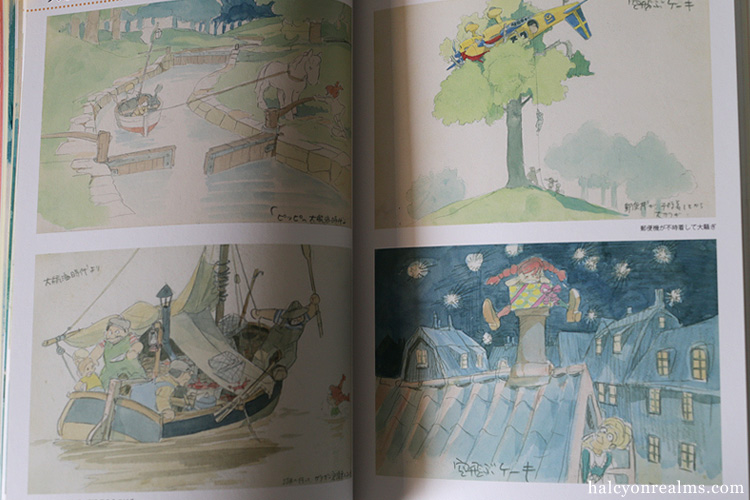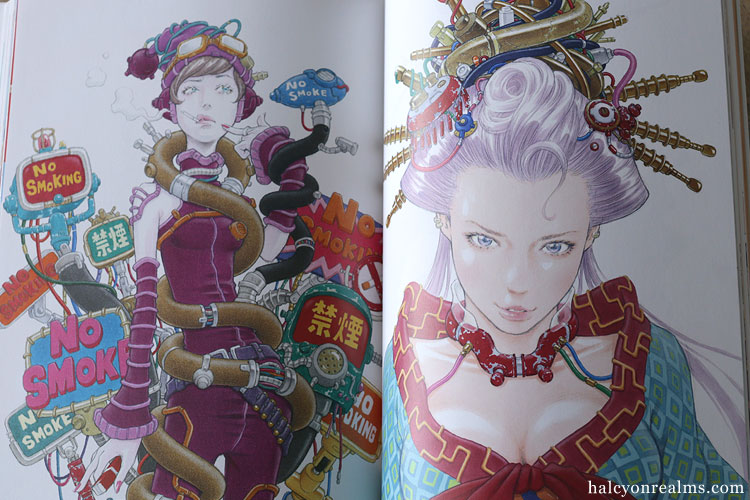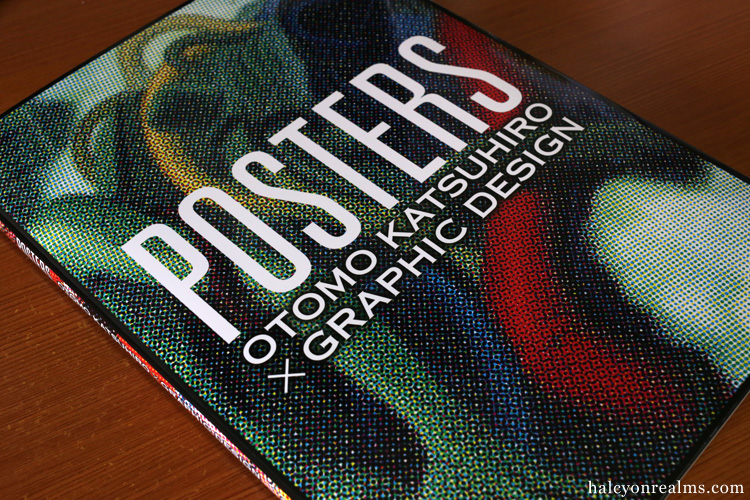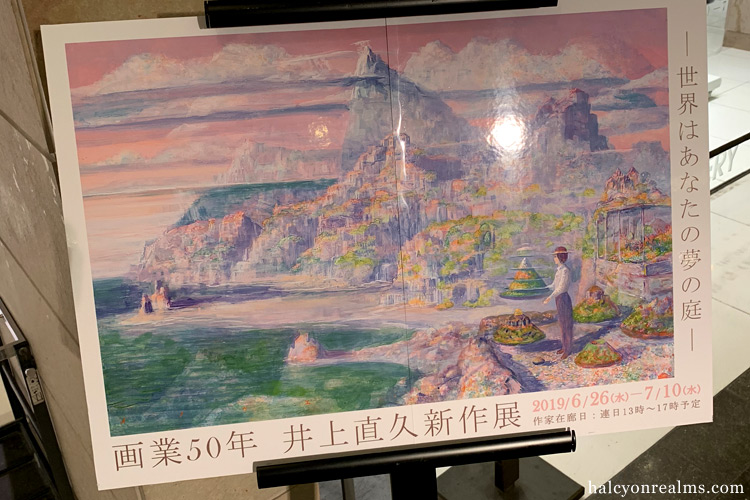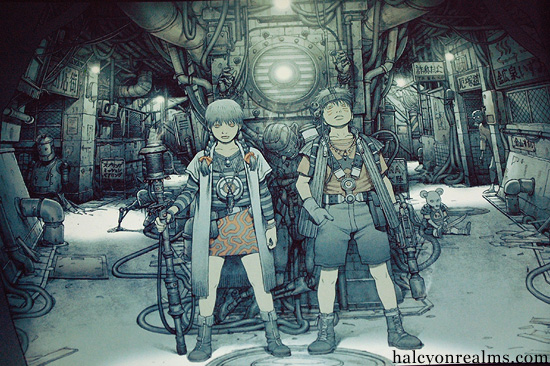
Required viewing was in store for Doi Nobuhiro’s Ima, Ainiyukimasu, the biggest Japanese film for 2005 so far, picking up 3.8 million viewers. Despite been unabashedly melodramatic and saccharine, cliched even, *ahem*, I liked it. Perhaps an understanding of the original japanese dialogue added to the enjoyment of the film too. Take it as a guilty cinematic pleasure one indulges in every once in a while. *Mr Mckee, BFI S&S folks frowns disapprovingly*
Check out the Japanese Premium dvd boxset here.















